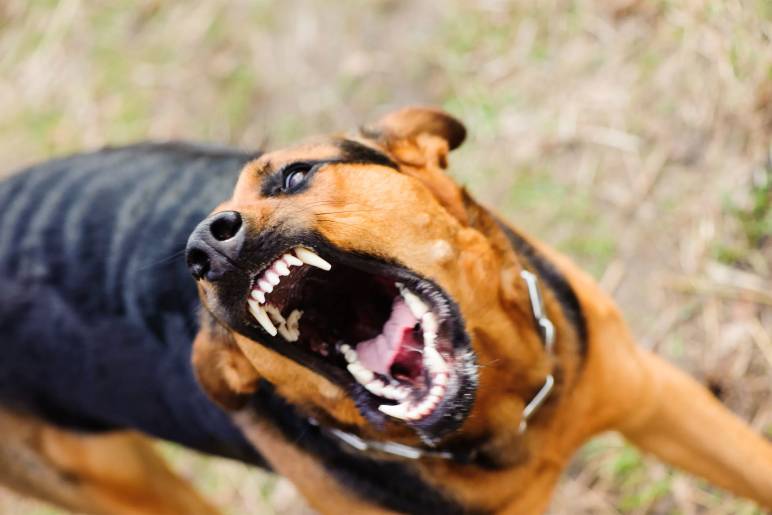Dogs are often called “man’s best friend,” but even the most loyal companions can sometimes display behaviors that make owners scratch their heads in frustration. From incessant barking and chewing to aggressive tendencies, understanding why dogs behave badly is crucial for resolving these issues. This blog explores the reasons behind canine misbehavior and offers practical solutions to transform your four-legged troublemaker into a well-behaved pet.
Why Do Dogs Misbehave?

Understanding the root cause of bad behavior in dogs is the first step to addressing it. Here are some common reasons why dogs might act out:
1. Lack of Training
Dogs thrive on structure and clear boundaries. Without proper training, they may develop bad habits like jumping on guests, pulling on the leash, or refusing commands.
2. Boredom and Lack of Stimulation
Dogs are intelligent creatures that need mental and physical stimulation. When left alone for long periods without exercise or activities, they may resort to destructive behaviors like chewing furniture or digging up the yard.
3. Anxiety and Stress
Separation anxiety, changes in routine, or unfamiliar environments can trigger bad behavior. An anxious dog might bark excessively, soil the house, or become destructive.
4. Health Issues
Sometimes, misbehavior is a sign of underlying health problems. Pain, hormonal imbalances, or cognitive decline in older dogs can cause sudden changes in behavior.
5. Breed-Specific Traits
Certain breeds are naturally more energetic, independent, or prone to specific behaviors. For example, herding dogs might nip or chase, while hounds may follow their noses into trouble.
Common Examples of Dogs Behaving Badly

1. Excessive Barking
While barking is natural, excessive barking can be disruptive. Dogs may bark excessively out of boredom, fear, or excitement.
2. Chewing Everything
Puppies and even adult dogs may chew shoes, furniture, or anything they can get their teeth on. Chewing is often a way to relieve boredom or anxiety.
3. Jumping on People
Though often a sign of excitement, jumping can be intimidating or dangerous, especially for children or elderly individuals.
4. Pulling on the Leash
Leash pulling turns a simple walk into a frustrating tug-of-war, often stemming from a lack of leash training or overexcitement.
5. Aggressive Behavior
Growling, snapping, or biting can occur if a dog feels threatened or hasn’t been properly socialized.
How to Manage Bad Behavior in Dogs

If your dog is behaving badly, here are practical steps to address and correct their actions:
1. Positive Reinforcement Training
Reward your dog for good behavior with treats, praise, or play. Consistency is key to helping your dog understand what is expected.
2. Provide Physical and Mental Stimulation
Daily walks, play sessions, and puzzle toys can keep your dog engaged and burn off excess energy that might otherwise manifest as bad behavior.
3. Address Anxiety with Patience
For dogs with separation anxiety, start by leaving them alone for short periods and gradually increase the time. Calming aids like anxiety wraps or pheromone diffusers can also help.
4. Set Clear Boundaries
Establish consistent rules, such as no jumping on furniture or begging at the table. Use commands like “sit” or “stay” to redirect their focus.
5. Socialization
Expose your dog to different people, animals, and environments from a young age to reduce fear and aggression later in life.
6. Consult a Veterinarian or Behaviorist
If bad behavior persists, it’s worth consulting a vet to rule out medical issues or a professional behaviorist for tailored guidance.
Preventing Bad Behavior in Dogs

1. Start Training Early
Begin basic obedience training as soon as you bring your dog home. Commands like “sit,” “stay,” and “leave it” lay the foundation for good behavior.
2. Exercise Regularly
A tired dog is a well-behaved dog. Tailor activities to your dog’s breed and energy level to ensure they get adequate exercise.
3. Use Crates Responsibly
Crates provide a safe space for your dog and can prevent destructive behaviors when you’re not home.
4. Provide Enrichment Activities
Interactive toys, training games, and opportunities to sniff and explore can keep your dog’s mind active and reduce boredom.
5. Be Patient and Consistent
Change doesn’t happen overnight. Stay consistent with training and reward good behavior to reinforce positive habits.
Funny Stories of Dogs Behaving Badly

Sometimes, bad behavior can make for hilarious stories. Here are a few tales that prove even mischief has its charm:
- The Shoe Bandit: A Labrador named Max developed a habit of stealing shoes from his owner’s closet and parading them around the house during dinner parties.
- The Escape Artist: Bella, a Border Collie, figured out how to open the backyard gate and joined a neighborhood picnic uninvited.
- The Food Thief: Charlie, a clever Beagle, managed to open the fridge door and eat an entire birthday cake when no one was looking.
While these antics are amusing in hindsight, they highlight the importance of training and supervision.
Conclusion
Dogs behaving badly can be frustrating, but understanding the root cause and addressing it with patience and consistency can make all the difference. Whether it’s through proper training, providing mental and physical stimulation, or consulting professionals, your misbehaving pup can become a delightful companion once again.
Remember, every dog deserves a chance to learn and thrive. With love and effort, even the most mischievous furry friend can become a well-behaved member of your family.
Have A Look :-
